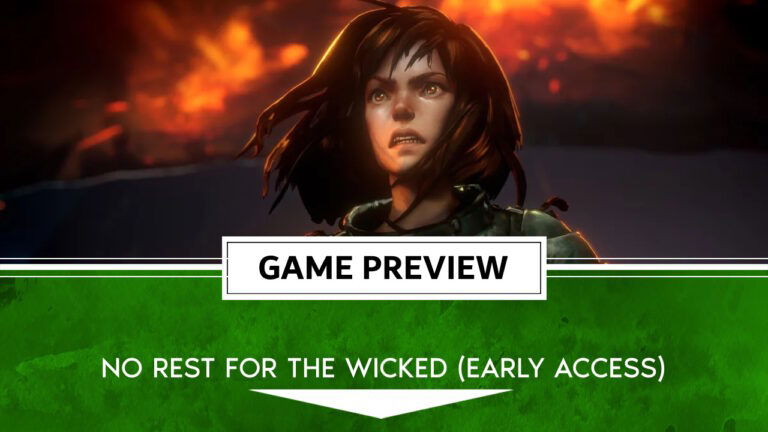No Rest for the Wicked has been out in early access on Steam for the past few days and I’ve already sunk dozens of hours in this Soulslike adventure. Moon Studios’ take on the genre is ambitious and leverages the strengths of action RPGs, survival, and base-building games. Is it worth taking the plunge in its current state though? Well, I have some thoughts.
Isola Sacra Is Beautiful and Dangerous
If there’s one thing you can count on from Moon Studios, it’s the incredible level of detail and superb art direction. No Rest for the Wicked is set in a world struck with Pestilence, and players will spend their time exploring Isola Sacra, a beautiful handcrafted island, perfect for Soulslike setting.
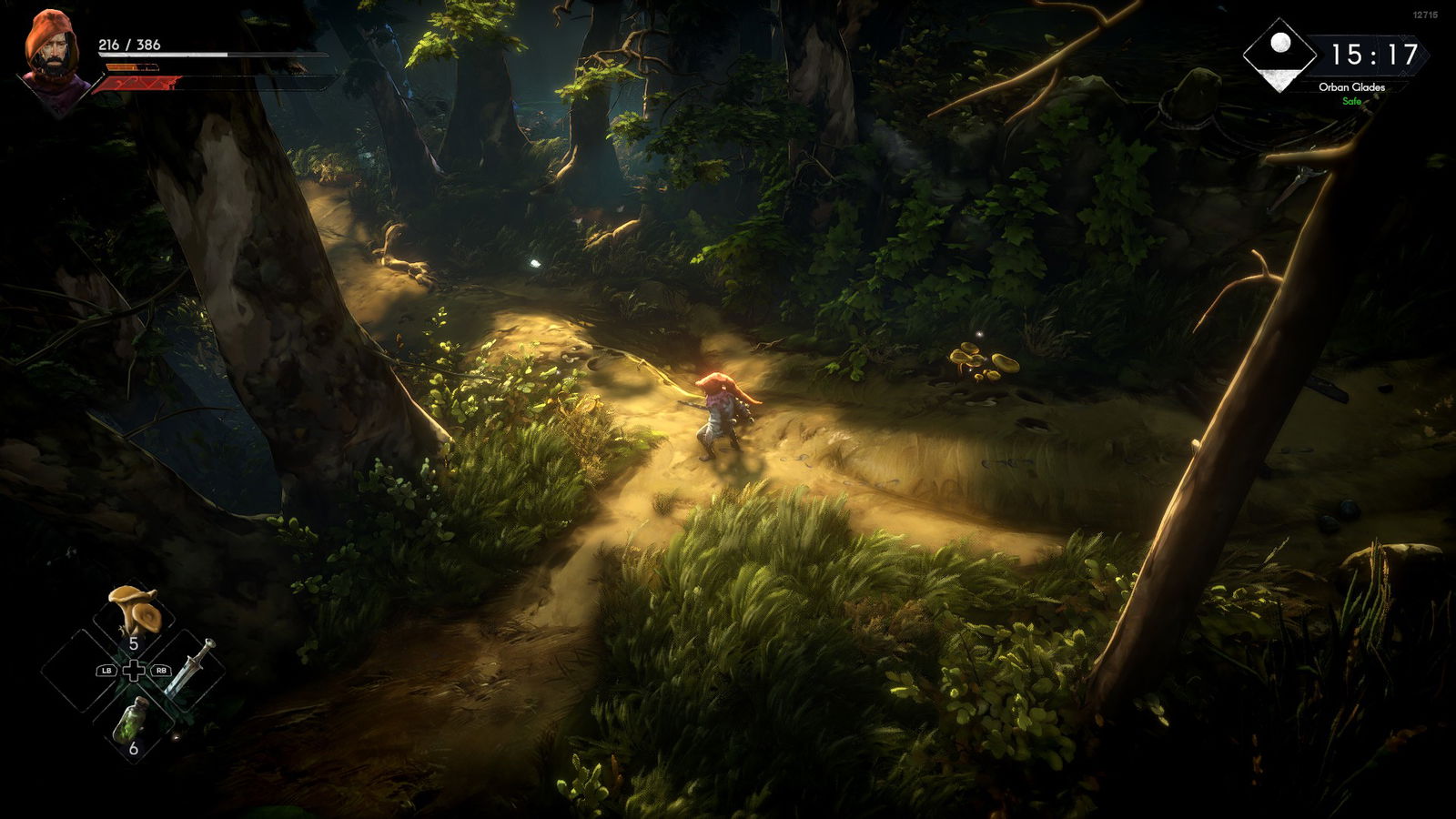
The studio has used sharp colors that bring life to this dreamlike setting where everything stands out the same way you’d expect in a painting. It’s a consistent quality throughout the experience, and everything from its varied terrain, characters, foliage, and lighting exhibits this stylized look. The world is reactive, and you’ll often find hidden paths and changing environments depending on time and day as well as story progression.
It’s easy to get lost in these labyrinthian environments and find new loot, and even missable NPCs with full quests and rewards. However, because of how the controls are currently mapped, it’s a bit easy to slip off different surfaces. Since you run, climb, leap, and even dodge with the same button, there are chances for unintended effects like a sprint turning into a fall.
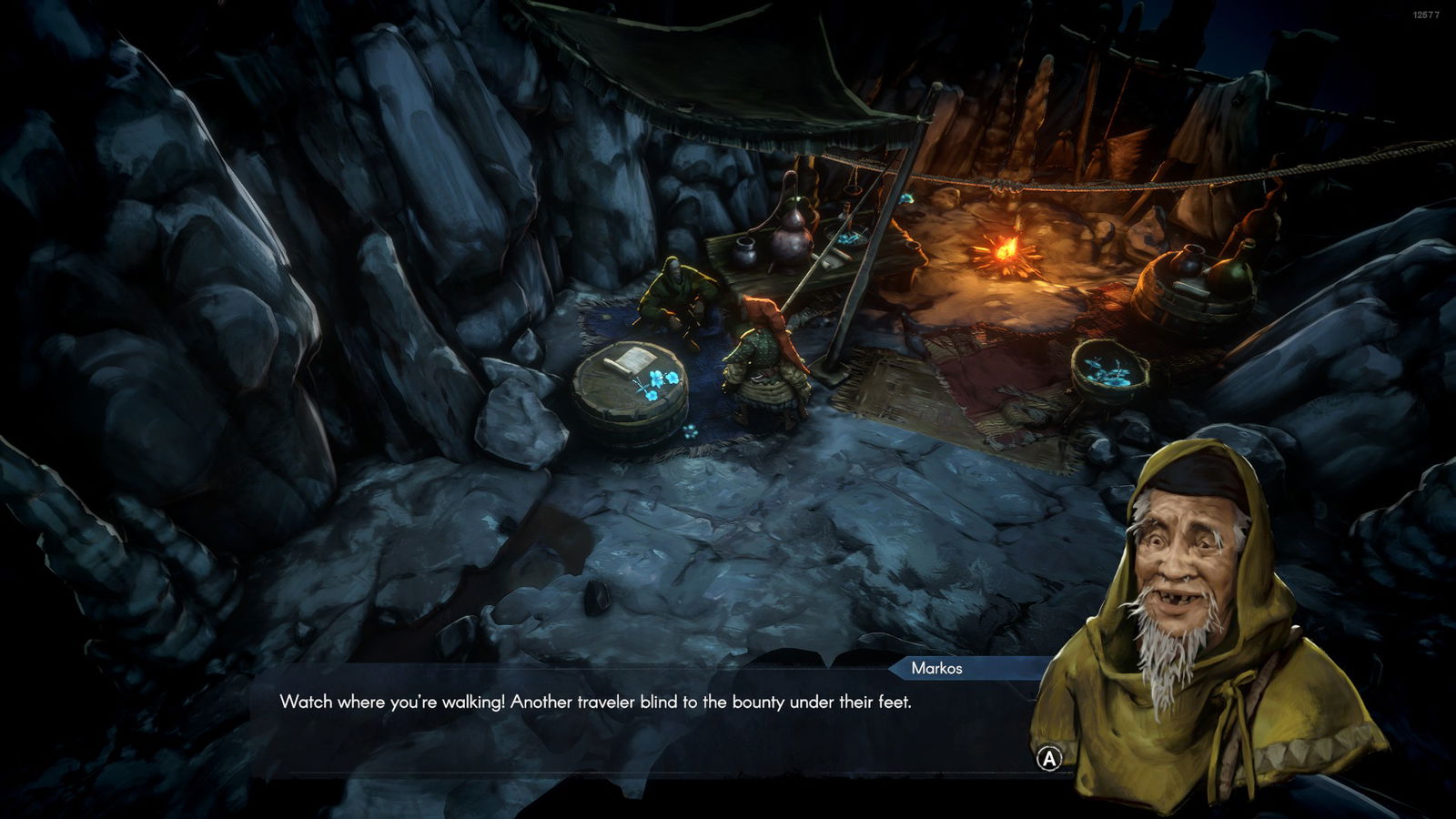
All the weapon effects and spells have a visual presence that illuminates the environment. The fire effect, in particular, is a stand-out, and setting enemies aflame does not get old. Weather effects like rain and wind meaningfully interact with objects and foliage; this exaggerated quality only adds to the atmosphere.

The hub area, Sacrament, is massive in terms of scale and verticality. There are so many NPCs to interact with, buildings to explore and loot to find. It’s a living breathing place with tons of possible interaction, and you’ll see your fruits of labor on display when you reconstruct it back to its glory.

Honestly, the presentation is easily the highlight here, and that’s not a bad thing. Strong art direction and a dense environment are important pillars of any good Soulslike, and No Rest for the Wicked absolutely deserves praise for it.
What’s the combat like though?
Combat in No Rest for the Wicked is weighty and has tons of impact. Each swing has momentum behind it, and a lot of care is put into making hit reactions feel good. You have your usual selection of weaponry, like short swords, greatswords, katanas, axes, maces, bows, etc. Each weapon has a varied moveset and scales with different attributes, which isn’t all that different from a traditional Soulslike.
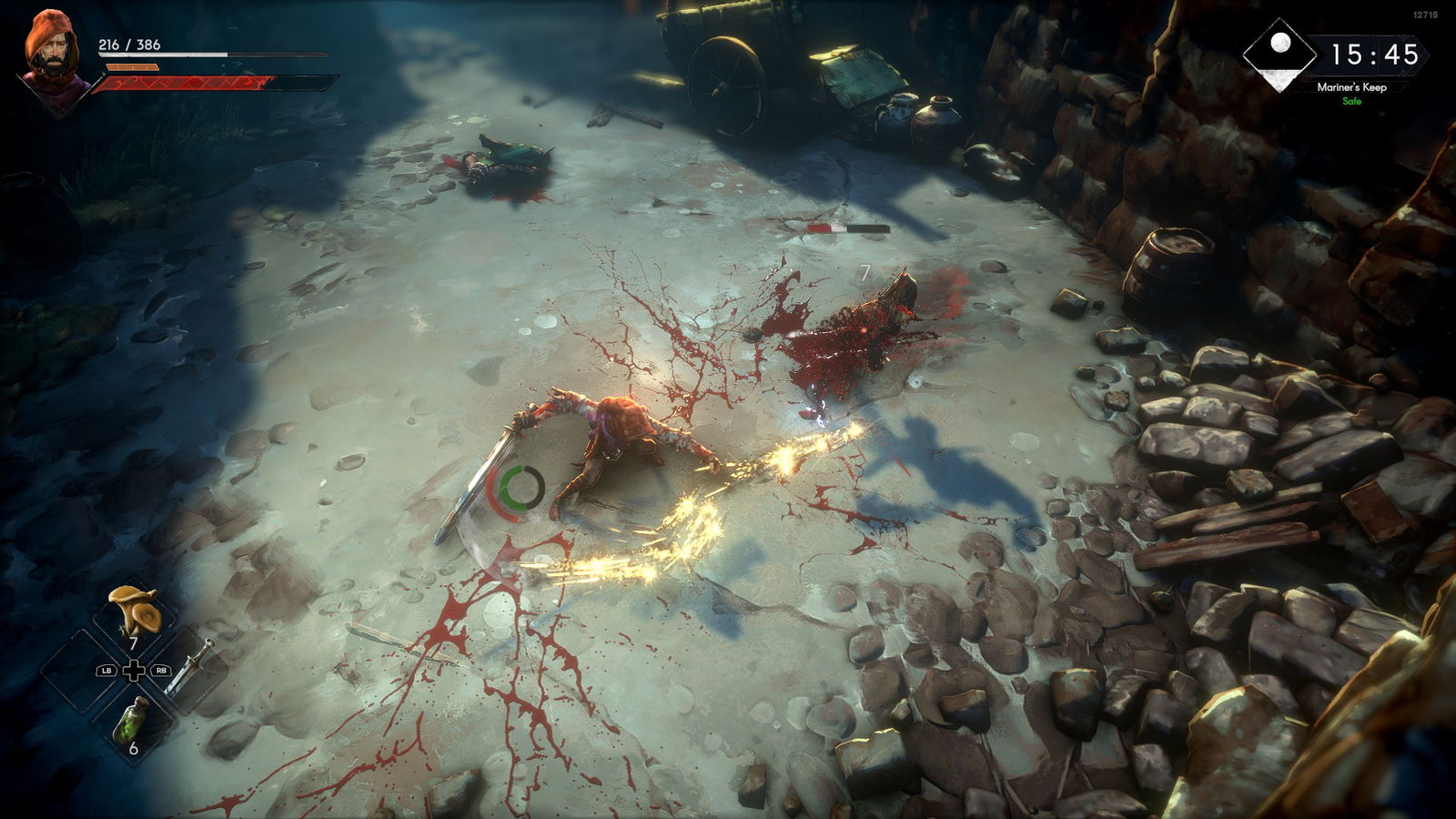
Enemies are fast and aggressive and will do their best to overwhelm you. Parrying them can be a bit tricky because of their rapid movement, and if you’re using a greatsword, you’re better off just taking a hit or rolling. Combat has a frantic feel to it and is closer to something like Bloodborne, where you’re trading a lot of blows.
I definitely had a better time when I was using a faster weapon myself because certain enemies simply don’t give you enough breathing room to react. Bosses on the other hand aren’t as difficult in my opinion. It’s largely down to just dodging into them, which was pretty typical for earlier Souls titles. There are also multiple parrying opportunities in fights as well, which can often trivialize earlier encounters.
The overall feel and weight of the combat are a highlight. It’s very satisfying to finish enemies off with a powerful strike, splitting them in half and seeing them flail around. Learning enemy patterns, using the environment for cover, and making good use of the vertical terrain make the combat shine. I haven’t seen this level of interaction and reactivity in similar ARPGs, especially when it comes to an isometric perspective.
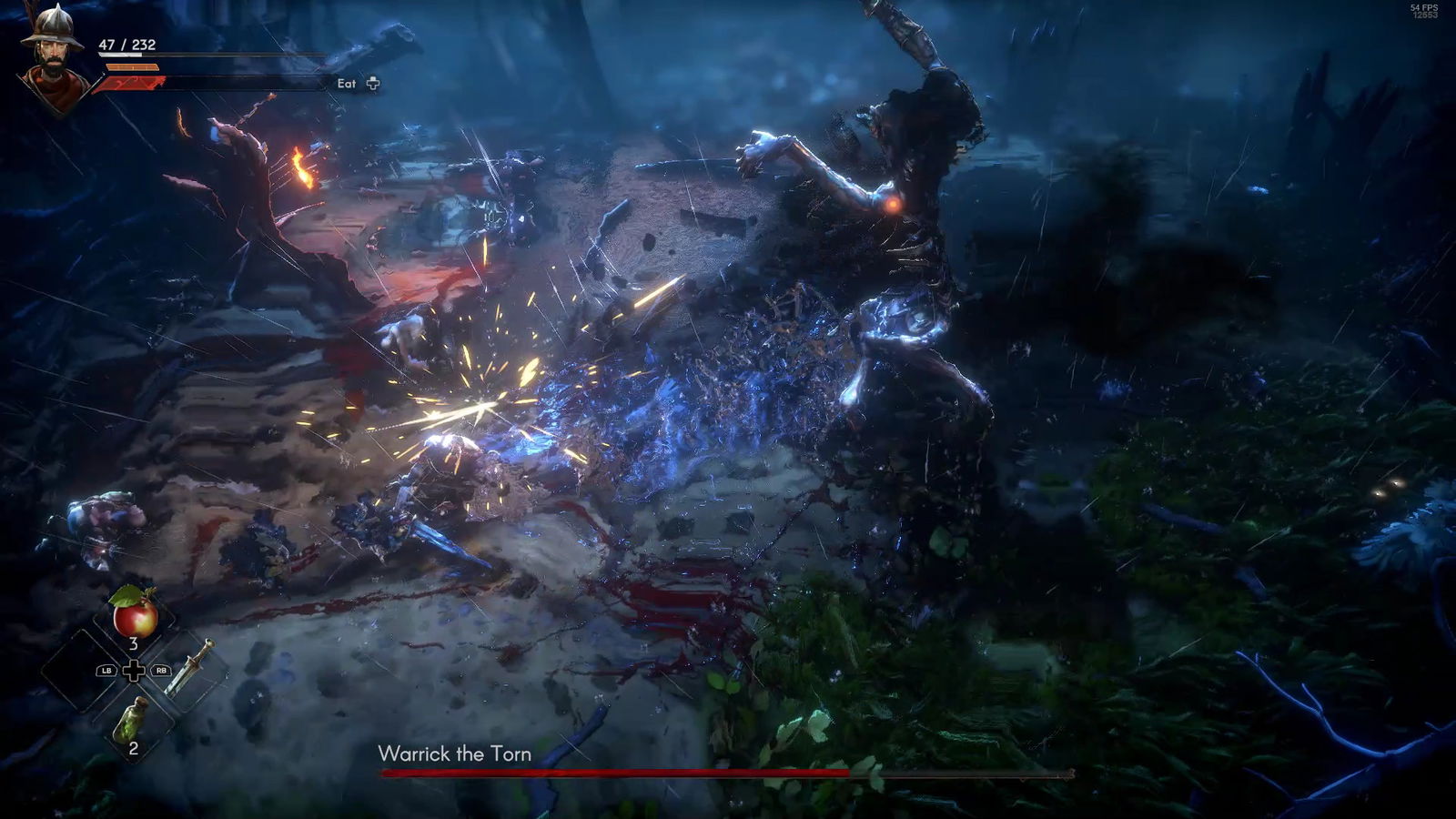
It’s not without its issues, though. For one, I don’t like how the stamina meter isn’t below your health or visible enough. It shows up near the character and makes things unnecessarily confusing. For a heavier build, it’s really important for the game to communicate stamina consumption effectively, and you can barely tell what’s going on because the developers implemented that spiral UI element similar to Breath of the Wild.
Like every other aspect of the game, combat is being tweaked with each patch so it’s impossible to give a definitive verdict on it. For now, I’d say that it’s fundamentally sound, and feels great when it works, but there’s room for improvement. Larger weapons need a bit more love, and parrying doesn’t feel that rewarding currently. Parrying only opens up enemies for additional attacks, but there’s no riposte or critical attack for extra damage like you’d get in Dark Souls or Bloodborne.
Economy, Loot, and Durability
While I think the presentation and combat are still pretty strong, the way economy and loot work in this game needs some serious tweaking. I can’t list down every single thing that I think feels off, but generally, you’re not rewarded appropriately in most cases while playing No Rest for the Wicked. Overcoming great odds should result in something actually worthwhile, but here you don’t even get the basic currency in most cases.
Bronze is the base currency for most things, and you don’t earn it from killing enemies. You get it from random loot and chests, but considering how essential it is to purchase better loot, items, recipes, and equipment, it’s a bit weird how little you get. Selling your equipment is the fastest way to get it, which shouldn’t have to be the case.
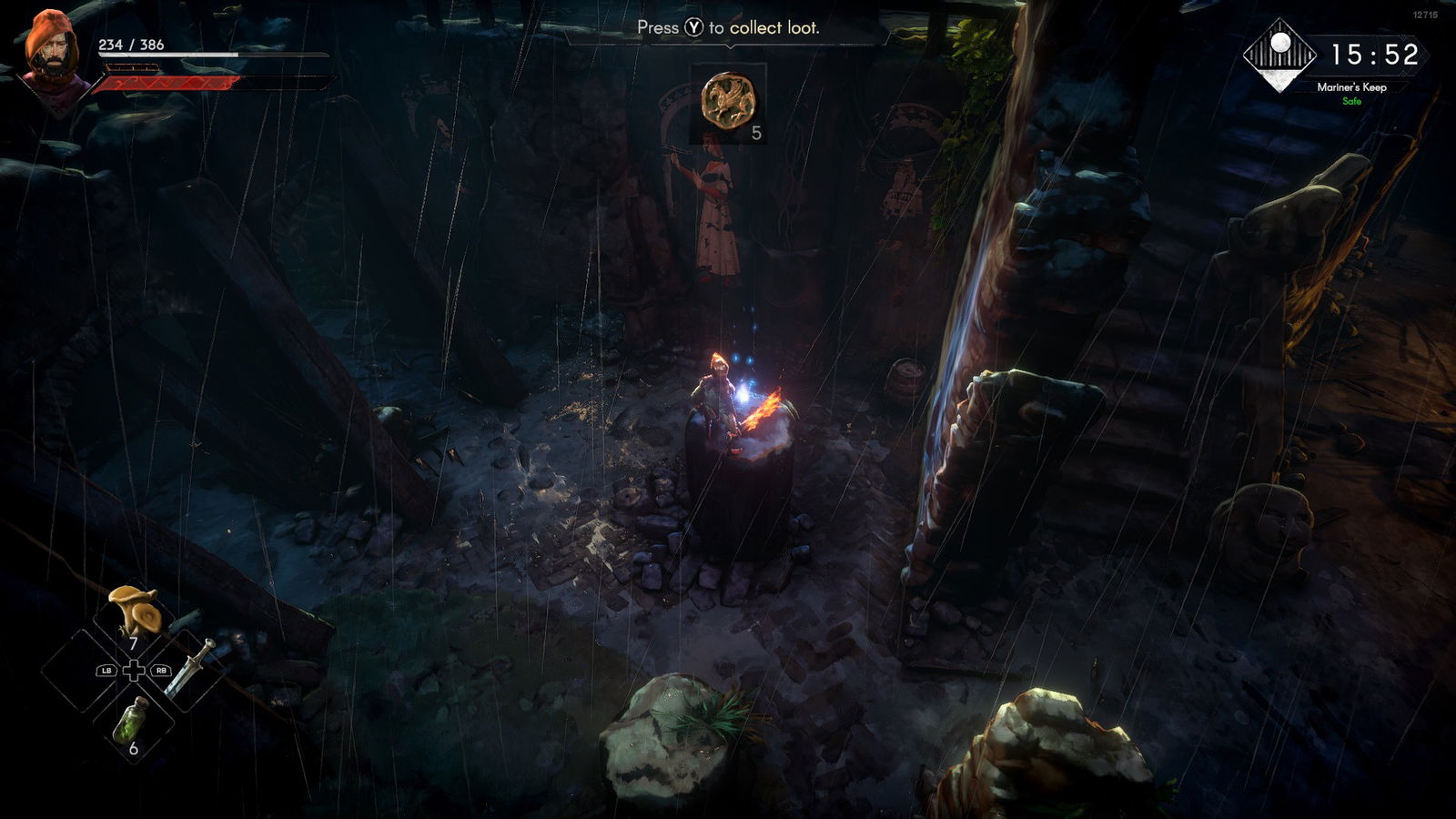
Getting resources for building materials is another tiresome activity, and feels a bit tacked on in my opinion. There’s nothing wrong with having survival elements in a game, but chopping down a tree shouldn’t just give you one or two units of wood, even when you use better equipment.
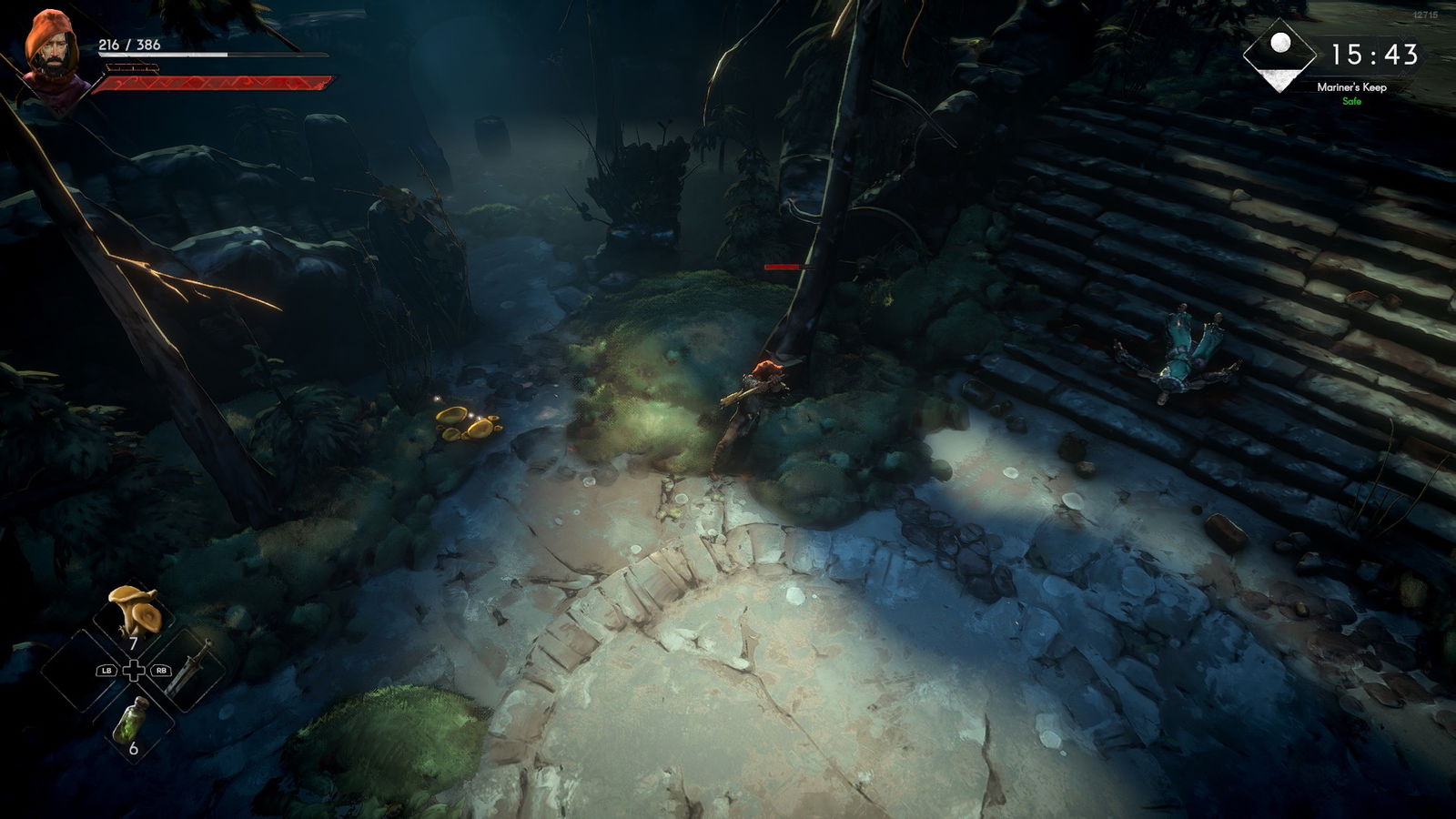
I wouldn’t call this content filler, but it certainly stretches the amount of time needed to complete simple activities. For instance, if you want to repair or build something in Sacrament, you need to wait real-world hours for construction to be completed. I’m not sure why this is needed. This isn’t a mobile game that you check into every few hours. This is just one aspect of the loot and resources that feel undercooked. This extends to how your weapons and armor function as well.
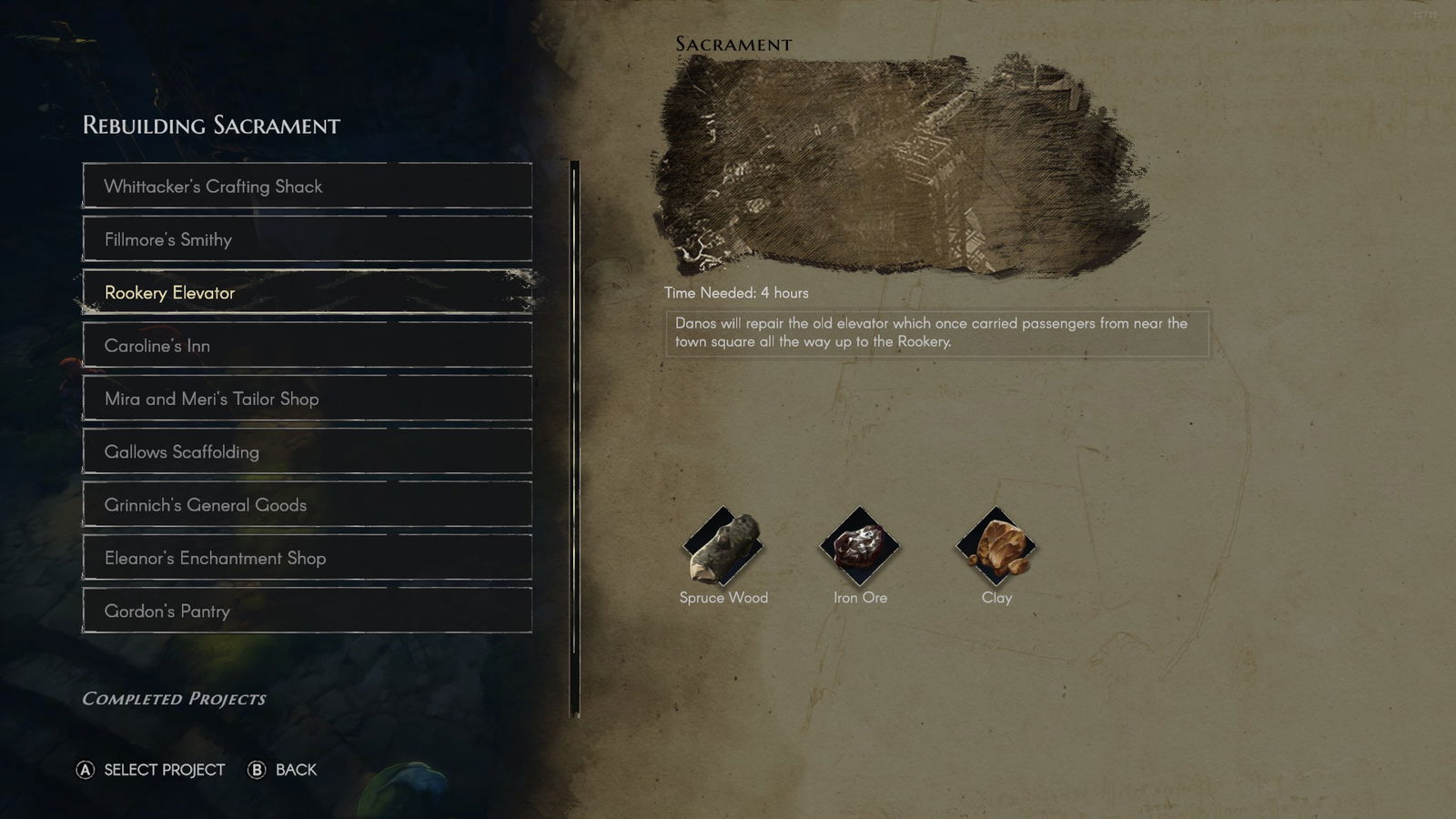
The game also has a durability system, which, again, doesn’t really feel necessary, and is overly punishing. Every single time you die, or get hit, you lose some durability. This isn’t just your weapons, but armor as well. Think of the Witcher games where you had to keep an eye out for your equipment taking damage as well. So, the more you die, the more coins you need to repair items. It’s a tiresome mechanic that doesn’t serve a meaningful purpose, especially when you can’t just repair things at your bonfire equivalent spot.
The Road Ahead
I’m glad that the developers are constantly improving these things, and as of writing, there are four hotfixes out already, each focusing on performance, balancing, bugs, and features. It’s a long road ahead for the game, and by the time it comes out in 1.0, I doubt it’ll be the same game we’re playing at the moment.
No Rest for the Wicked is a gorgeous title with incredible art direction, character designs, and a world worth exploring. Its weighty combat feels frantic, satisfying, and calculated. The world is dense, full of secret areas to explore, and a variety of enemies to fight. Sadly, multiple aspects need balancing, especially when it comes to the loot and economy. It has all the pieces for a fantastic Soulslike adventure but needs more time before it can join the greats.


